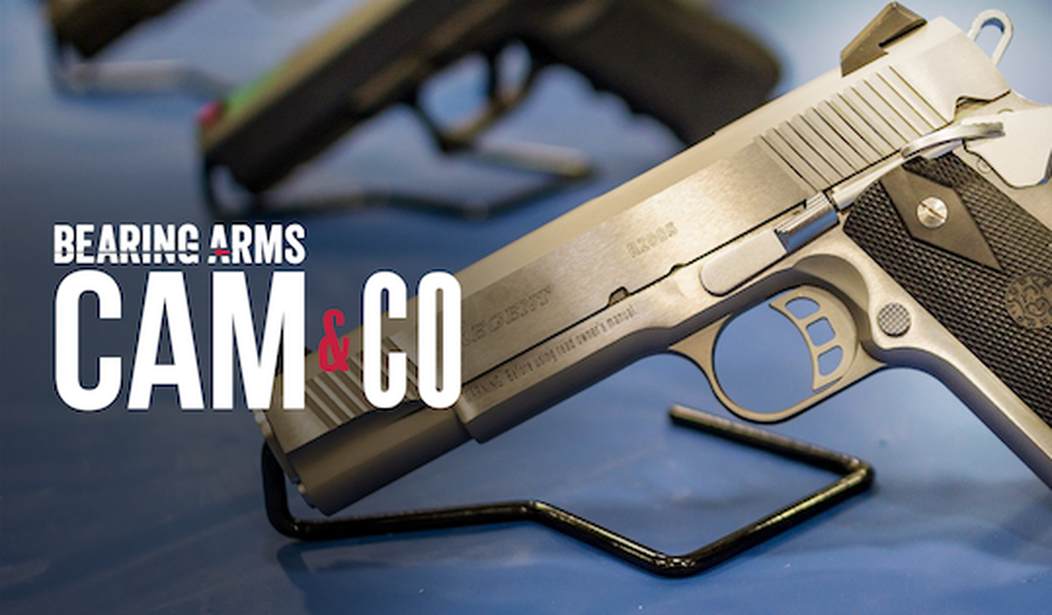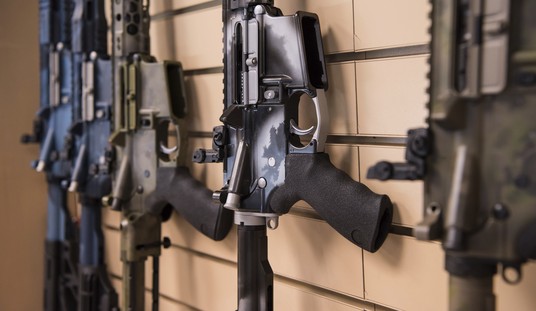After it punted a dozen 2A-related cases back down to lower courts for review in light of the Rahimi decision, the Supreme Court won't be hearing any Second Amendment-specific lawsuits in the fall term (though it will decide whether the ATF's rule on unfinished frames and receivers violates the Administrative Procedures Act).
Is the Supreme Court getting gun-shy? On today's Bearing Arms' Cam & Co, California Rifle & Pistol Association president Chuck Michel offers his take on the Court's latest decisions, and what they mean for 2A advocates in the months ahead.
"It could have been worse," is Michel's succinct judgment, and he does have a point. The justices could have simply upheld all of the prohibited person cases where the plaintiff was appealing the loss of their Second Amendment rights, while remanding back to the lower courts the cases where the plaintiffs had prevailed. They could have denied the cert petitions for the Illinois gun and magazine ban cases without comment, instead of the strong statement issued by Justice Clarence Thomas. And they could have rejected outright the Antonyuk case challenging New York's "good moral character" requirement for concealed carry licensees instead of remanding the case back to the Second Circuit for a do-over in light of Rahimi.
But if it could have been worse, it also could have been better. I'm not all that surprised that SCOTUS turned away the Illinois cases. As Michel points out, the lawsuits are scheduled to go to trial before U.S. District Judge Stephen McGlynn in September, and the judge has done a good job of moving things along at a quick pace. But even Michel says he was a little surprised to see cases like Garland v. Range remanded back to the appellate courts in light of what the Court held in Rahimi, given that the Third Circuit's conclusion that Bryan Range was unfairly denied his Second Amendment rights after pleading guilty to a non-violent misdemeanor punishable by more than a year in prison.
"They generally don't vacate a lower court opinion that's right," Michel acknowledged.
Rahimi says, all Rahimi says, is you can temporarily ban a dangerous person who's been given due process and found to be dangerous as an individual [from possessing firearms]. It doesn't say anything about banning all felons, all non-violent felons, all cannabis users. It doesn't say anything about banning classes of people, just violent and dangerous individuals. So I think they [the Third Circuit] may rewrite their reasoning a little bit, and probably use some of that language from Rahimi [to reach the same conclusion].
Michel suspects the Court wanted to "buy some time" on Range and the other cases, which is why they were all remanded back to the appellate courts. I agree with Michel that's the likely reason for the justices' decision, but it still doesn't explain why they want to wait and decide these cases later rather than sooner.
Given the secrecy surrounding the Supreme Court's decision-making, we're not likely to get any solid answers, but I'm a little concerned that the 6-3 majority in Bruen may not be as solid when it comes to things like prohibiting non-violent misdemeanants from possessing guns or whether commonly-owned arms like AR-15s can be banned without violating the Second Amendment. I think there are four justices who would throw out Illinois' gun and magazine bans (Thomas, Alito, Gorsuch, and Kavanaugh), but I also think it would be a mistake to assume that Chief Justice John Roberts and Justice Amy Coney Barrett are ready to do the same.
Be sure to check out the entire conversation with Chuck Michel in the video window below, and keep your fingers crossed that the Fourth and Ninth Circuits issue their rulings in Bianchi and Duncan this summer. Once the appellate courts issue their final rulings in the Maryland "assault weapons" ban case and the challenge to California's ban on "large capacity" magazines those cases can be appealed to the Supreme Court, and the justices won't be able to kick those particular cans down the road.









Join the conversation as a VIP Member